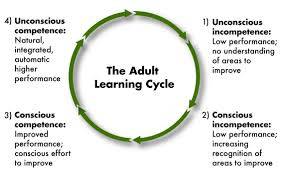Often times, we think that learning techniques and strategies are simply all about, well, trying to learn! But as with other important areas of our lives, learning things also have most desirable times, which can help accelerate or maximize our learning success if applied properly.
One of the ways to practice this technique is to find out what our individual awareness factors are:
● When are you most aware, awake and able to focus and concentrate – night, noon or morning?
● How long can you focus or concentrate on a particular material or subject before such focus and concentration breaks and require you to take a break?
● What practices help you to concentrate and focus best?
To the extent that you are aware of when are you most productive in terms of learning is the extent you can effectively plan, schedule and cycle your studying for maximum absorption and comprehension. Some things to consider in doing so include:
● Study materials that are most challenging during your “peak” learning times and the least challenging ones at any other time. for example, you’re not too good in math-related subjects and your top learning time is usually late afternoon, then study math-related subjects on late afternoons.
● Incorporate the work interval technique in your studying to help you keep optimal focus and mental freshness. The work interval technique requires you to work or study for 30 minutes straight and resting for 5 minutes, which constitutes a Pomodoro cycle. This helps keep your mind fresh and prevents it from weary too soon, thereby extending your mental productivity. You should be disciplined enough to rest at the end of each 30 minute work/study period even if you feel you’re still good to go. Don’t wait to be tired before taking a break so you can extend your climax mental performance time. After 4 cycles, take a 10-minute break instead of just 5 minutes and resume on regular work
interval cycles.


